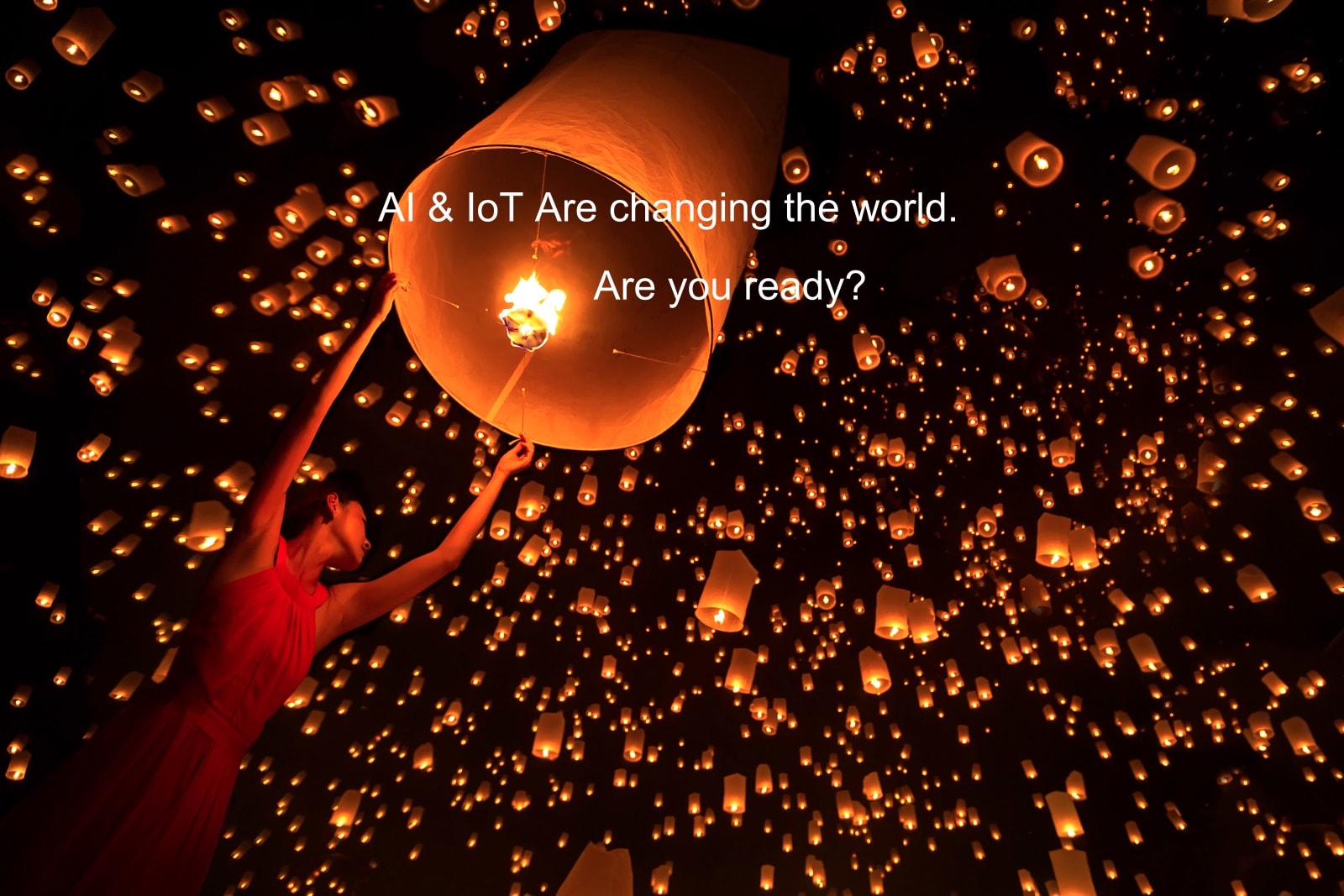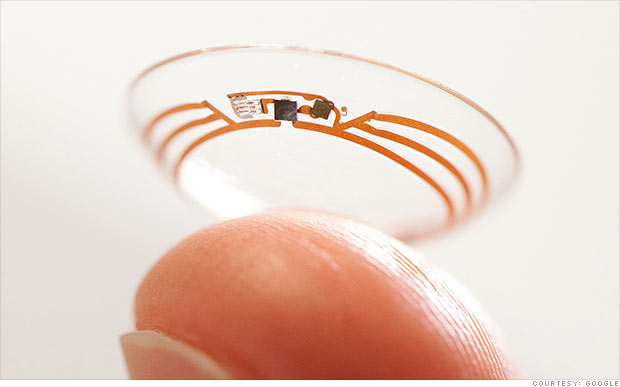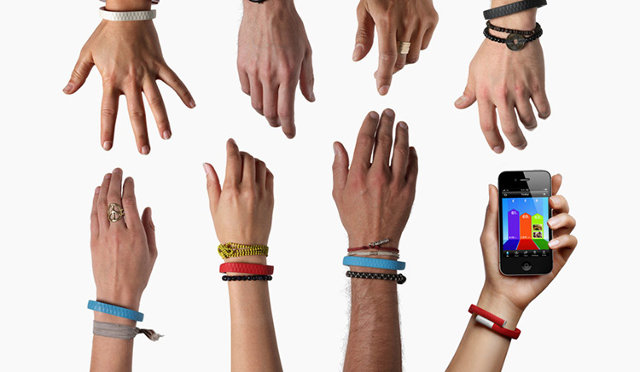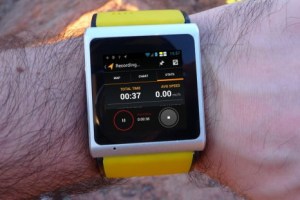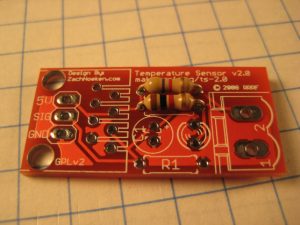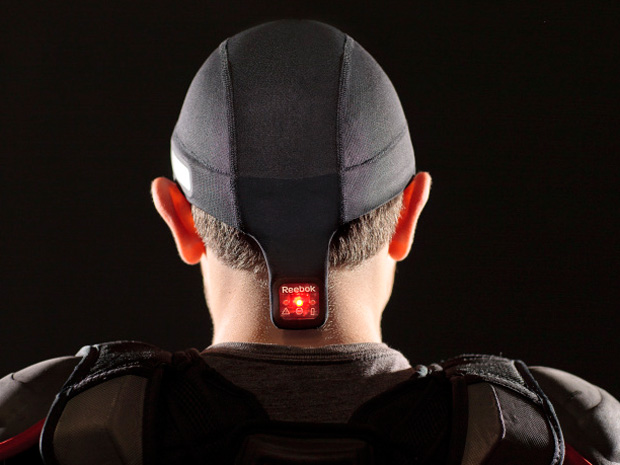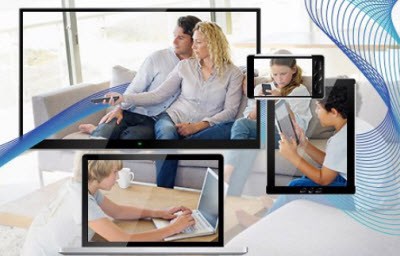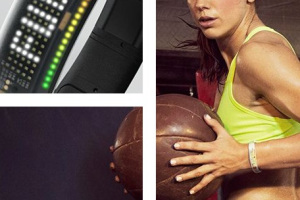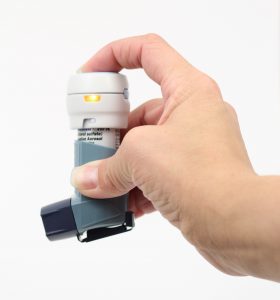Digital health was prominently displayed at CES this year with lots of floor space dedicated to the industry and a cornucopia of health and fitness-focused wearable devices debuting in Las Vegas.
The declining costs of hardware components, the ubiquity of smartphones and the need for consumers to cut their medical costs is spurring innovation in many areas of digital health. Given these trends, the line between health and fitness devices is blurring. Every consumer electronics company from Sony to LG to Samsung is either getting into the game or thinking about it. But as activity tracking becomes increasingly more commoditized, health device makers need to step-up their offerings and focus on disease management and improving outcomes. Every patient consumer wants simple interfaces that engage them and allows them to gain valuable insights into their health and wellbeing – not achieved by the current cadre of activity sensors.
Health device makers and wellness apps wanting to provide real value for their customers are moving beyond step counting and integrating into connected health services in the cloud. These services use a holistic approach to engaging the provider and patient in managing adherence and compliance and by extension – outcomes. Incorporating physicians, pharmacists, therapists and trainers as part of an integrated “care-team” allows for meaningful patient engagement easing compliance and allowing patients to become “emotionally” accountable for using the app or device as directed by their care-team. For healthcare providers, this same integration made possible by ubiquitous connectivity – allows them to think and engage beyond the practical aspects of care – the exam, laboratory test or simple disease management.
The past year has proved that many pieces are in place (desire, policy, market demand, innovation, investment, etc.) for a radical transformation in healthcare. We’re beginning to see many aspects of our health and wellness reimagined. There is now a growing community of stakeholders who understand that change is not only possible, but inevitable, and best of all are taking action to see those changes come true. The next step in this tectonic shift, is leveraging a higher level of connectivity where data, devices and humans are optimally connected to enable good care decisions – shifting the cost curve and encouraging accountability and adherence beyond what’s offered by today’s consumer health devices.

